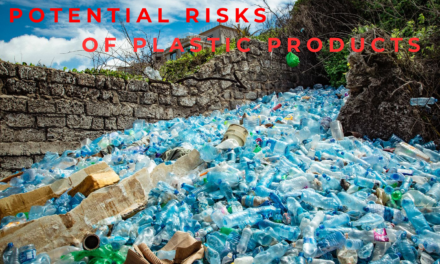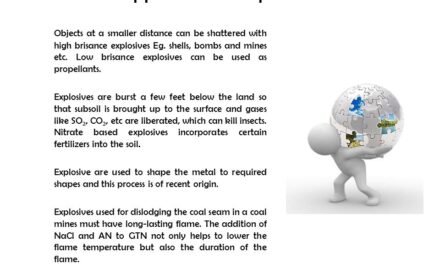The use of explosives and propellants, while crucial in industries like defense, aerospace, and mining, presents significant safety concerns. These concerns revolve around the handling, storage, transportation, and use of these volatile substances. Here are the major safety issues associated with explosives and propellants:
1. Accidental Detonation
- Premature Explosions: Explosives and propellants are highly sensitive to shock, friction, or heat, which could trigger an accidental detonation. This can happen during manufacturing, handling, or transport, leading to catastrophic consequences.
- Unintended Reactions: Certain explosives may react unpredictably when exposed to incompatible materials, causing unexpected detonation or fire.
2. Fire Hazard
- Spontaneous Combustion: Propellants and explosives are often highly flammable, and improper storage can lead to spontaneous combustion. Even a small spark or heat source can cause these materials to ignite.
- Flammable Vapors: Many propellants, especially liquid propellants, release flammable vapors that pose significant fire risks. These vapors can be ignited by a spark, static electricity, or open flames.
3. Chemical Exposure
- Toxicity: Many explosives, such as TNT, RDX, and others, are toxic to human health if inhaled, ingested, or absorbed through the skin. Chronic exposure can lead to long-term health effects like organ damage, neurological disorders, or cancer.
- Chemical Burns: Some explosives, like nitroglycerin and potassium nitrate, can cause severe chemical burns if handled improperly.
4. Environmental Impact
- Contamination: Explosives and propellants can contaminate soil, groundwater, and surface water if not disposed of properly. The residue from explosives can be harmful to ecosystems and human populations.
- Pollution from Explosive Testing: Testing and training exercises involving explosives can lead to the release of toxic chemicals, leading to environmental degradation.
5. Storage and Handling
- Inadequate Storage: Explosives and propellants must be stored in specific conditions to prevent degradation or accidental detonation. Poorly ventilated storage areas, incorrect temperature conditions, or inadequate security can increase the risk of accidents.
- Improper Handling: In the military or industrial settings, mishandling or insufficient training in explosive handling can lead to accidents, especially when operators are working with large quantities or volatile compounds.
6. Transportation Risks
- Movement of Explosives: Transporting explosives and propellants poses a significant risk of accidental detonation. Explosive materials must be transported in specialized containers, and strict regulations are necessary to ensure their safety during transit.
- Vulnerability to Attacks: In conflict zones, transporting explosives can make shipments vulnerable to enemy attacks, which may trigger dangerous explosions.
7. Explosion Hazard in Manufacturing
- Dust Explosions: In the manufacturing of explosives or propellants, fine particulate matter (dust) from chemicals can become suspended in the air, creating a dust explosion hazard when ignited by static electricity or sparks.
- Equipment Failures: Faulty or improperly maintained equipment used in explosive manufacturing or handling can cause leaks, pressure buildups, or sparks that may lead to an explosion.
8. Human Error
- Mishandling During Assembly: Explosives are often assembled in complex settings where human error can result in dangerous consequences. Mistakes during the production of explosive devices or the loading of propellants into weapons can result in accidental ignition or detonation.
- Lack of Proper Training: Individuals working with explosives and propellants must be extensively trained. A lack of proper safety protocols or failure to adhere to safety procedures increases the likelihood of accidents.
9. Aging and Degradation
- Shelf Life: Over time, explosives and propellants can degrade, which can make them unstable or less effective. Aging explosives may become more sensitive to heat or shock, increasing the risk of an unintended explosion.
- Degradation Products: Some explosives and propellants, as they break down, may release harmful chemicals or become more hazardous to handle.
10. Public Safety and Security
- Terrorism and Sabotage: Explosives can be stolen, used for terrorism, or be part of criminal activities. This poses a significant risk to public safety and national security.
- Accidental Detonations in Populated Areas: Explosives and propellants are often stored or tested in or near populated areas, increasing the risk to civilians in case of an accident.
In summary, the major safety concerns associated with explosives and propellants involve their instability, toxicity, flammability, and environmental impact. Strict handling, storage, and transportation protocols, along with rigorous training and safety measures, are essential to mitigate these risks.

















